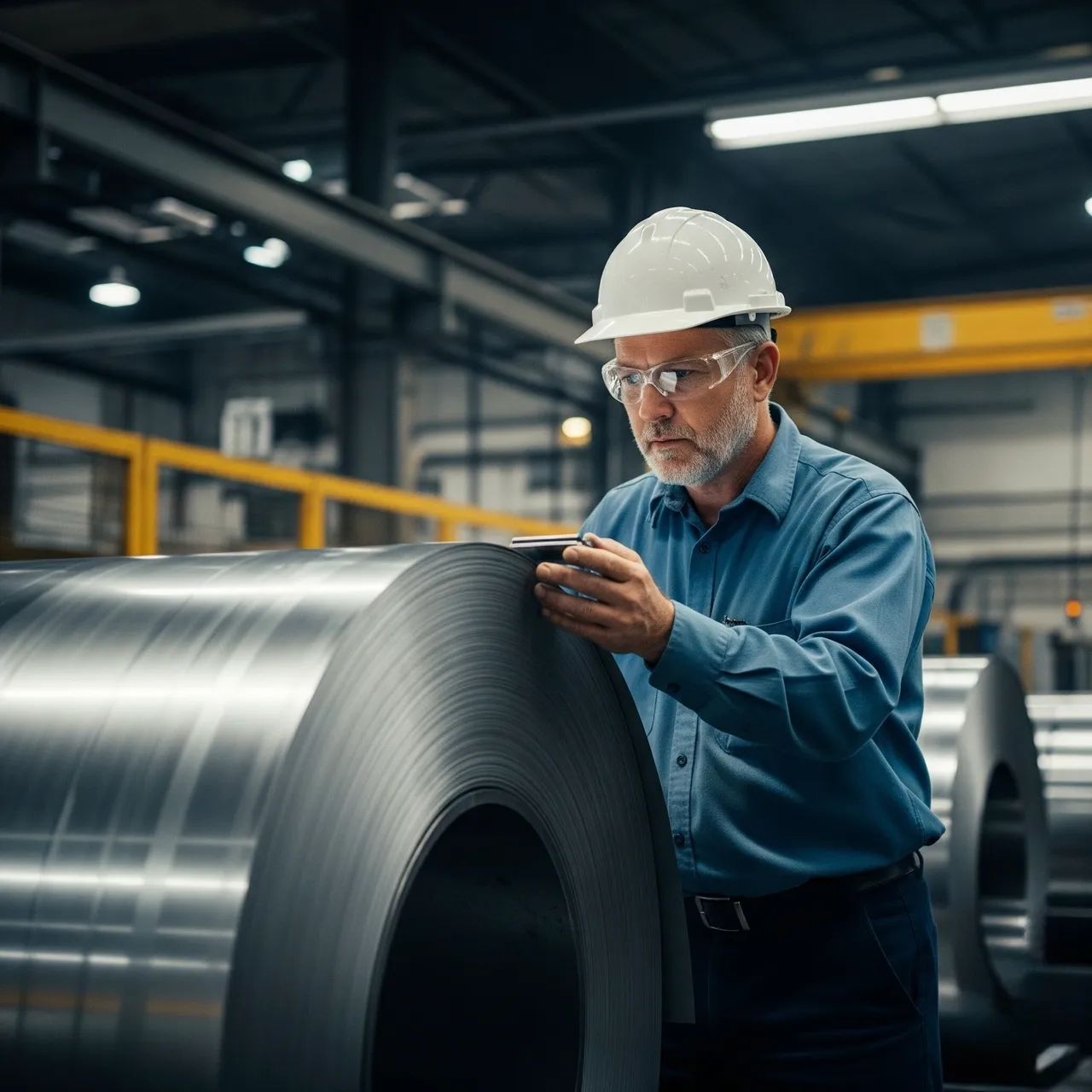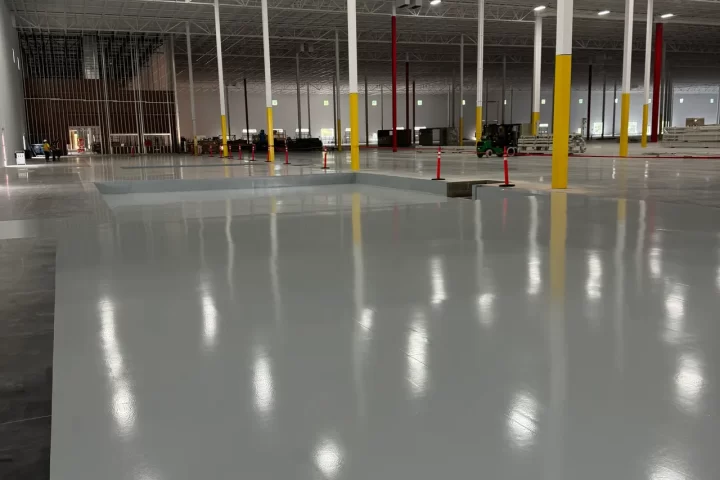Contributed by: GC Specs
When we talk about tariffs, especially something as impactful as Donald Trump’s steel tariffs, the conversation almost always gravitates towards economics: trade wars, domestic job creation, increased consumer prices, and global market shifts. And rightly so – these are their primary and most direct consequences.
However, it’s worth pausing to consider a less obvious, more nuanced angle: could these very tariffs, perhaps inadvertently, have had any positive environmental ripple effects? While certainly not their intent, and acknowledging the complexity of global supply chains, let’s explore some speculative pathways where “America First” might have subtly aligned with “Earth First.”
1. The Push for Domestic, Cleaner Production
One of the stated goals of the steel tariffs was to revitalize the American steel industry. If successful in boosting domestic production, this could, in certain scenarios, lead to environmental benefits. Why?
- Stricter Environmental Regulations: Generally speaking, developed nations like the United States tend to have more stringent environmental regulations governing industrial emissions, water pollution, and waste disposal compared to some countries that are major steel exporters. If production shifts from a nation with lax environmental standards to one with stricter ones, the overall environmental footprint per ton of steel produced could decrease. This isn’t to say U.S. steel is perfectly clean, but it often operates under a more robust regulatory framework. Check out his compelling article from Real Clear Energy.
- Investment in Modernization: A protected domestic industry might be more inclined, or financially able, to invest in newer, more efficient, and less polluting technologies. Modern steel mills are significantly cleaner than older ones, utilizing technologies that reduce greenhouse gas emissions, optimize energy consumption, and minimize waste. Tariffs, by creating a more stable domestic market, could theoretically incentivize such long-term investments.
2. Shorter Supply Chains and Reduced Shipping Emissions
Tariffs are designed to make imported goods more expensive, thereby encouraging the purchase of domestically produced alternatives. If this leads to a significant shift from imported steel to American-made steel, it naturally shortens the supply chain.
* Fewer “Steel Miles”: Less steel traversing oceans on massive cargo ships means a reduction in bunker fuel consumption. Maritime shipping, while often overlooked, is a significant contributor to global greenhouse gas emissions and air pollution. A decrease in the volume of imported steel could translate to fewer “steel miles” and, consequently, lower emissions from international transport.
3. Incentivizing Material Efficiency and Substitution
When the cost of a key raw material like steel rises, industries that rely heavily on it are forced to re-evaluate their practices.
- Design for Efficiency: Higher steel prices might push manufacturers to innovate and design products that use less steel, thereby reducing overall material demand. This could involve exploring alternative materials, optimizing structural designs, or focusing on lightweighting initiatives – all of which can have environmental benefits by reducing resource extraction and associated energy consumption.
- Increased Recycling Efforts: While perhaps a stretch, increased domestic demand and higher prices for virgin steel could make recycled steel (scrap metal) a more economically attractive alternative, further bolstering recycling efforts within the U.S. Recycling steel significantly reduces the energy required for production and minimizes mining impacts.
- The Nuance: A Double-Edged Sword
It’s crucial to emphasize that these are potential, indirect, and often debated environmental upsides. The reality is far more complex. Tariffs can also lead to:
- Trade Diversion: Steel production might simply shift to other countries with less stringent environmental regulations, negating any potential domestic gains.
- Economic Downturn: If tariffs significantly harm industries that rely on steel, the overall economic slowdown could impact environmental investments.
- Retaliatory Tariffs: Leading to global trade disruptions with unpredictable environmental consequences.
While Donald Trump’s steel tariffs were unequivocally an economic and political tool, it’s a fascinating thought experiment to consider how they could offered some significant environmental benefits by encouraging domestic production under stricter regulations, shortening supply chains, and potentially incentivizing material efficiency. We are optimistic of the environmental legacy these policies will provide.




